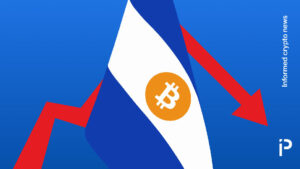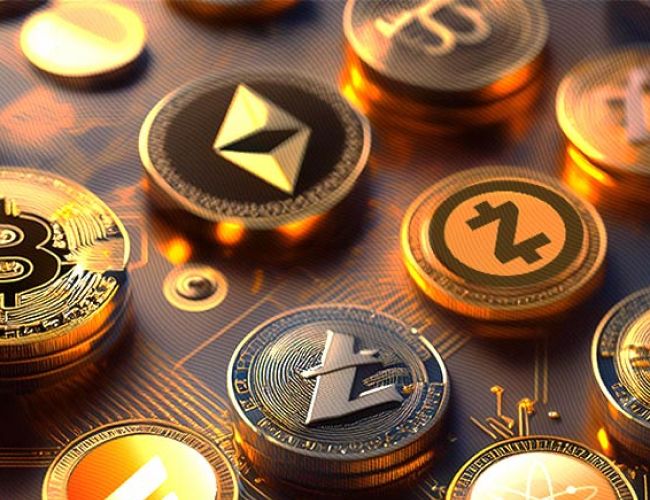- Cardano focuses on providing financial services to unbanked populations, aiming for greater economic inclusion in developing regions.
- Solana’s Proof of History technology enables it to process thousands of transactions per second, attracting a growing developer base.
- Polygon’s multi-chain architecture enhances scalability, drawing projects in DeFi and NFTs, thereby increasing demand for its native token, MATIC.
New blockchain technologies such as Cardano, Solana, Polygon, Arbitrum, and Polkadot are redesigning the digital economy, solving vital problems such as financial accessibility, transaction speed, the system’s capacity, and compatibility. Each project offers unique solutions, from energy-efficient consensus mechanisms to low-cost transactions. Together, they are transforming how we access financial services and decentralized applications worldwide.
Cardano’s Financial Inclusion
Current price:$0.4014
Market cap:$14.02B
Cardano(ADA) is confident in its transformation as an influential player within the blockchains. Charles Hoskinson founded Cardano which advocates for smart and right technologies. Instead of using traditional proof-of-work systems, it has implemented a unique proof-of-stake mechanism known as ‘Ouroboros,’ which helps conserve energy. As the evolution of the intricate structure takes its course, its aim is to target populations without access to the banking system, particularly in the developing world, inviting economic participation.
Solana’s Efficient and Fast Blockchain
Current price:$156.70
Market cap:$73.5B
There is a rapid increase in the popularity of Solana(SOL) due to the high number of transactions it can accomplish and the very low transaction cost. It makes use of the Proof of History (PoH) system and thus is able to complete thousands of transactions within a few seconds. Such effectiveness is very desirable among developers wishing to design dApps and DeFi. Unless there is sufficient depression in the rate of adoption of Solana, which drives the value of its underlying coins, SL, there will be a price rise as more developers adopt this platform.
Solutions for Polygon’s Scalability
Current price:$0.4225
Market cap:$1.2B
Polygon(MATIC) responds to a very pressing issue in the blockchain space: scalability. With its technology, users can interact with several blockchains without interference in a fast and cost-effective manner. It has many projects, particularly in DeFi and NFT, because of the already-established environment that facilitates quick development. As more businesses use its capabilities, the demand for its native token, MATIC, is expected to grow tremendously.
Arbitrum Improves the Overall Efficiency of the Ethereum Platform
Current price:$0.6445
Market cap:$2.3B
Arbitrum(ARB) is undoubtedly offering Layer 2 Scaling solutions to Ethereum networks, which help to burst the limits of the network by executing a greater number of plots enabled off the blockchain. Arbitrum takes care of the limitation of security by rolling ups for fast transactions at low cost. The ever-expanding market of the DeFi and Dapps on Arbitrum shows the demand for ARB governance tokens. Considering these, this implies that even in the longer future, growth will be steady since Ethereum will always act as the main distributor of decentralized applications.
Polkadot Interoperability Advanced Features and Bring Undisputable Benefits
Current price:$4.79
Market cap:$7.1B
Polkadot(DOT) enjoys a courteous interoperability that allows people to connect and pass information through various blockchains. This ability creates room for diversity since it enables different applications, such as DeFi, NFTs and enterprise solutions etc. to work within the network. New forms of parachains develop higher levels of decentralization in the Polkadot platform, creating a market for the internal coin DOT. As more and more applications emerge into the ecosystem, the worth of DOT might be boosted because Polkadot can effectively serve as a platform for many application blockchains.
Read the full article here









